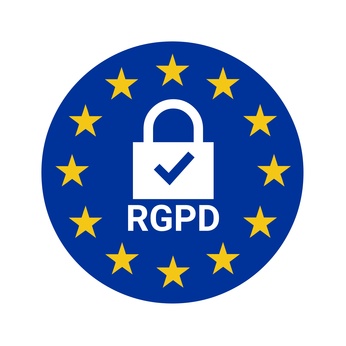Burnout – Although the WHO doesn’t consider it to be a work-related health problem, burnout is an affliction that affects all companies. It is caused by the ever-increasing demands to perform, be present and be versatile at the expense of employee satisfaction and motivation. Brought on by chronic stress, occupational burnout affects men and women equally. It usually manifests as a high rate of absenteeism and a drop in productivity. It is in an employer’s best interests to take steps to avoid burnout.
Change the way employees work
The way work is structured plays a major role in burnout, and no country is safe. According to a 2018 Eurofound report, burnout affected 15% of employees in Portugal in 2015 and 14.6% in the Netherlands in 2016. The Swiss 2015 Job Stress Index, published by Promotion Santé Suisse/Gesundheitsförderung Schweiz, shows that 22.6% of the working population were victims of burnout. This surge in burnout is primarily due to heavy workloads that lead to overwork. It is therefore vital to provide options that help employees balance their professional and personal lives, and not infringe on their weekends. You could, for example, require them to take the weekend completely off as part of your company operations. You should also encourage them to take vacations and offer flexible schedules, avoiding work meetings in the evenings. Employers should also try to make company objectives compatible with employee well-being. Use breaks to offer activities like meditation or fitness classes so that your employees can relax. If you rotate overtime and add seasonal positions, you can refrain from adding to their workload.
Use a variety of communication strategies
Burnout is a slow, gradual process that is caused by long-term exposure to significant work-related stress. The consequences can be severe and culminate in time off work, but it is difficult for employers to catch the early warning signs such as insomnia, psychosomatic pain or changes in personality. This is why communication is so important for detecting burnout risks. If you establish periodic discussions on employee well-being, you will be able to gauge their level of investment and satisfaction. You could have them fill out a survey or hold meetings on specific themes (working conditions, hierarchical relationships, etc.) to better understand how well employees are doing at your company. Why not use the MBI (Maslach Burnout Inventory) test, the standard for detecting burnout? In establishing a permanent dialogue and developing the human relationships between you and your employees, you can improve their working conditions and stop occupational burnout in its tracks.
Value your employees
Employee motivation is in large part due to the recognition that they receive for their work and efforts. Whether they perform excellently or less so, they need regular feedback that gives value to their investment, helps them improve their skills or encourages them to move forward in their career. For companies, this means not chastising failure, but rather considering it to be a step towards success. Employers should also create award systems to aid employee satisfaction: financial rewards, verbal recognition, promotions, etc. With these tangible initiatives, employees will feel like they are integral to the company and needed for its success. An efficient solution for fighting burnout, since you will be providing satisfying working conditions that encourage better productivity.



